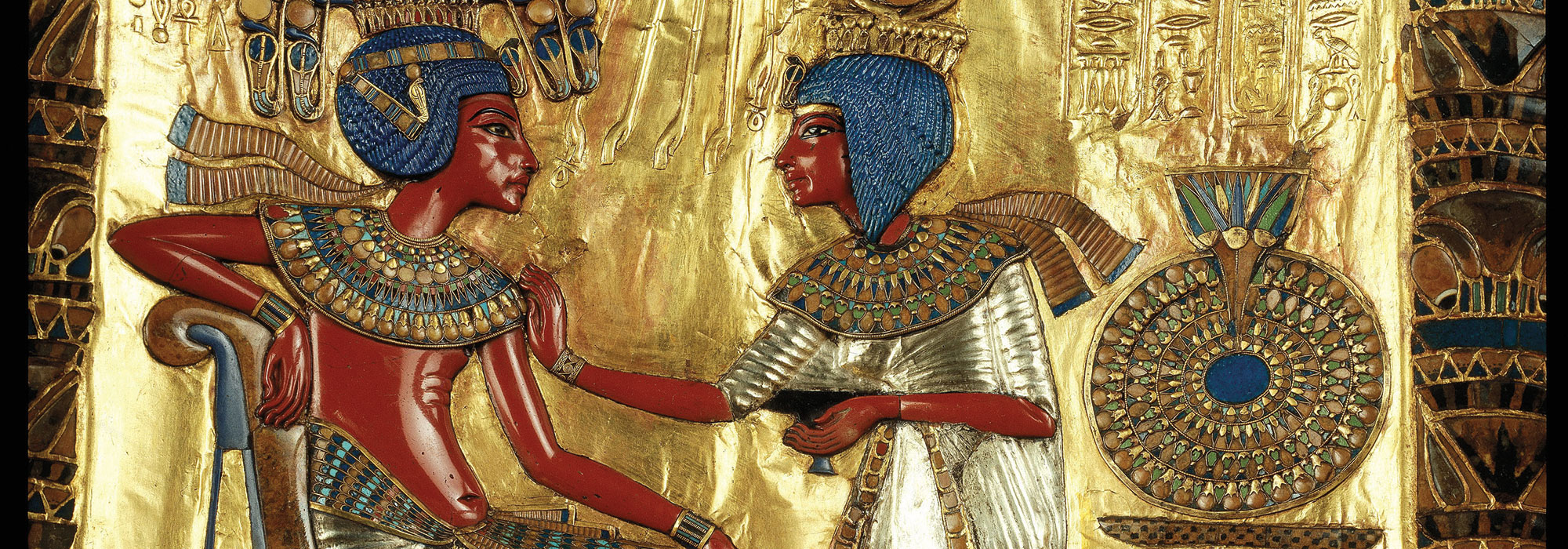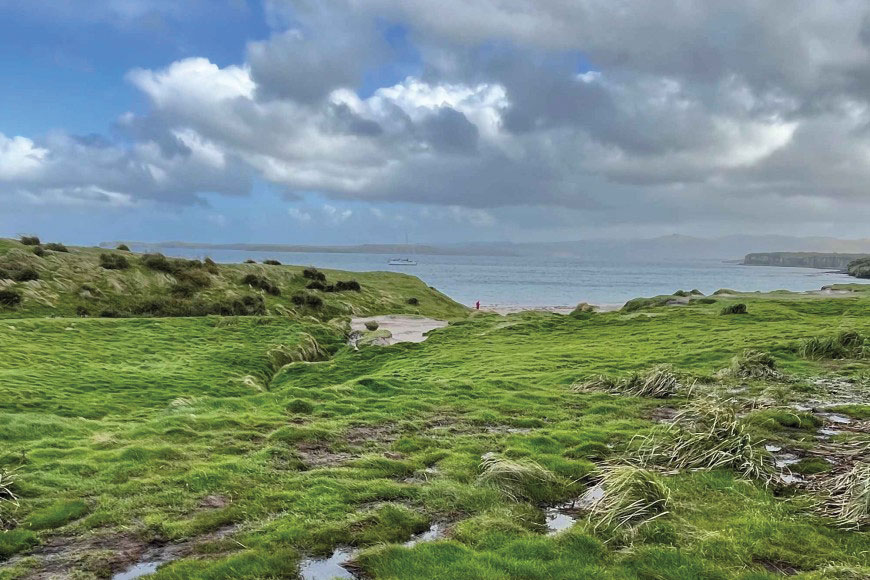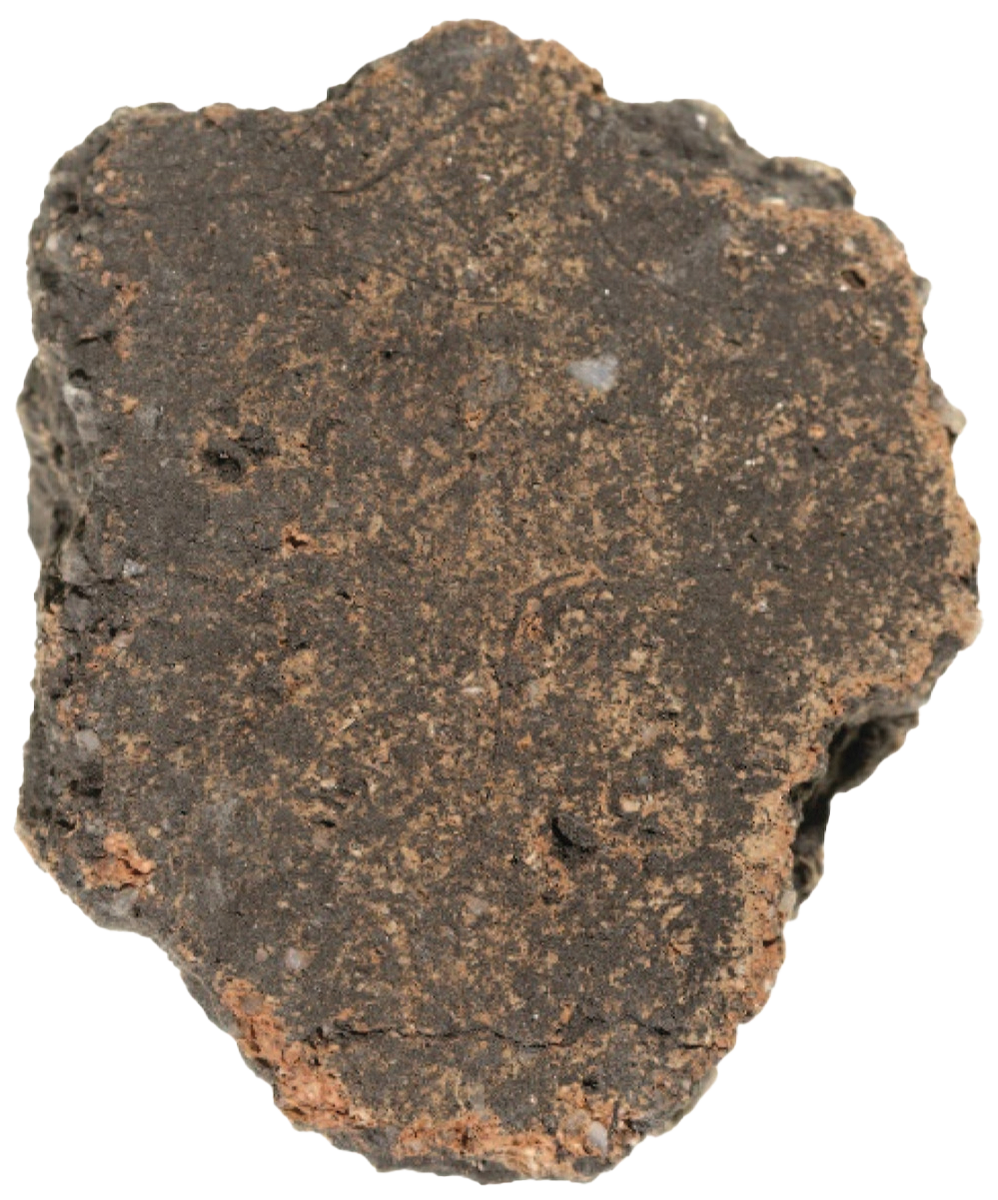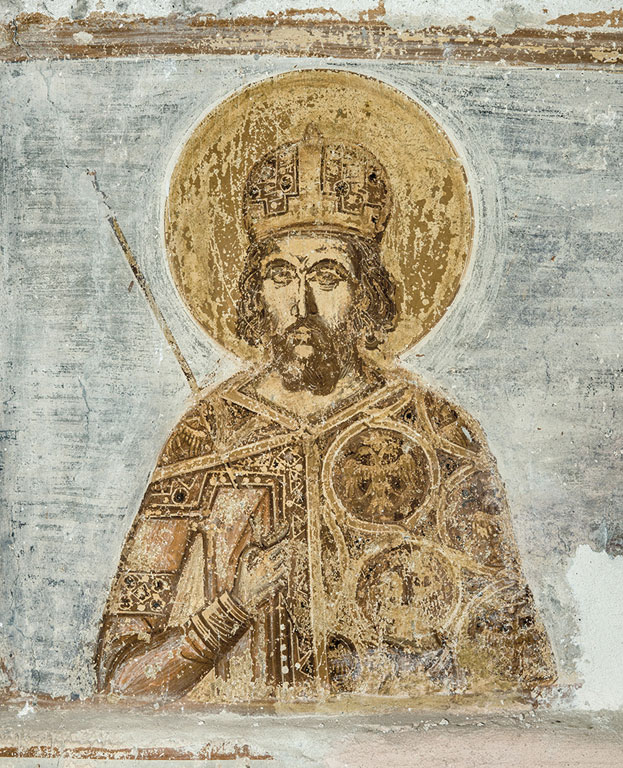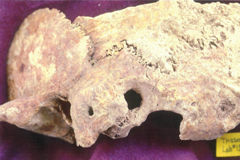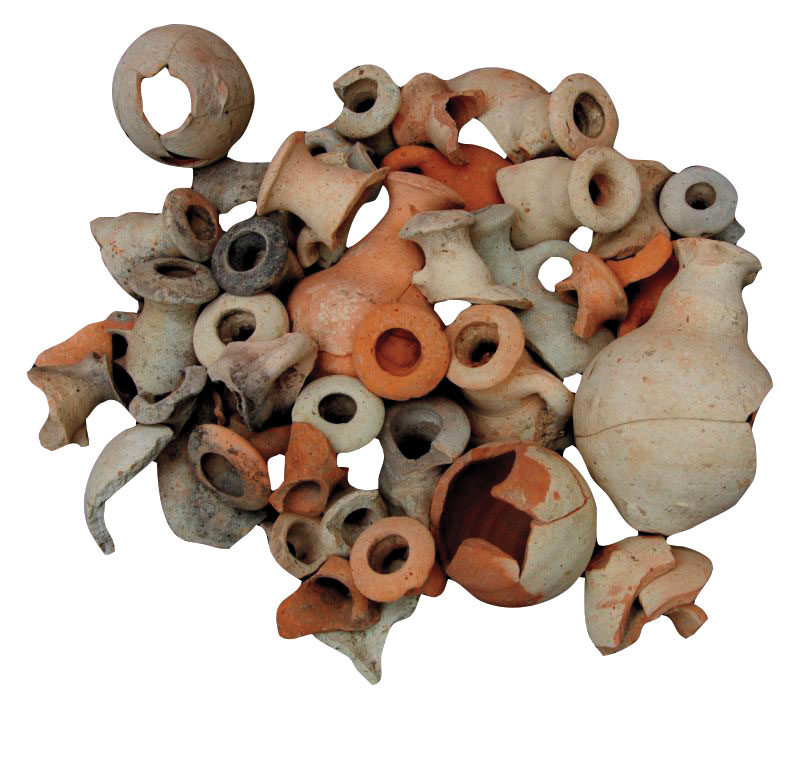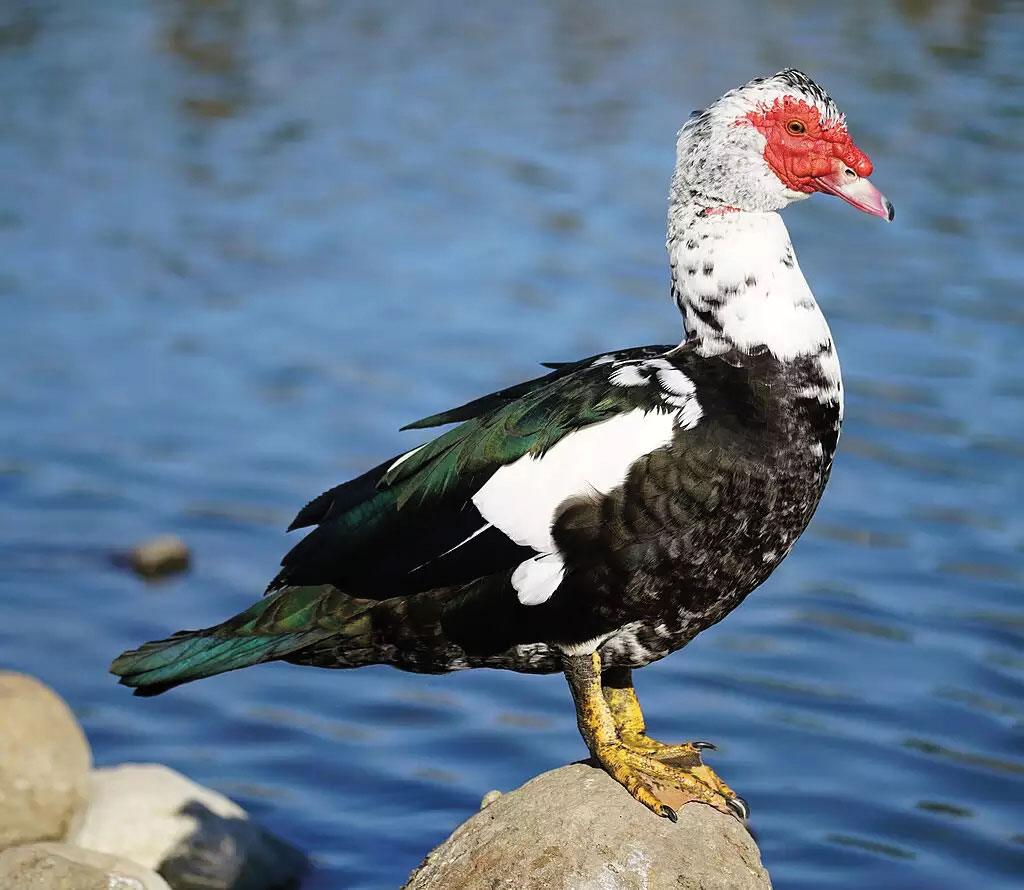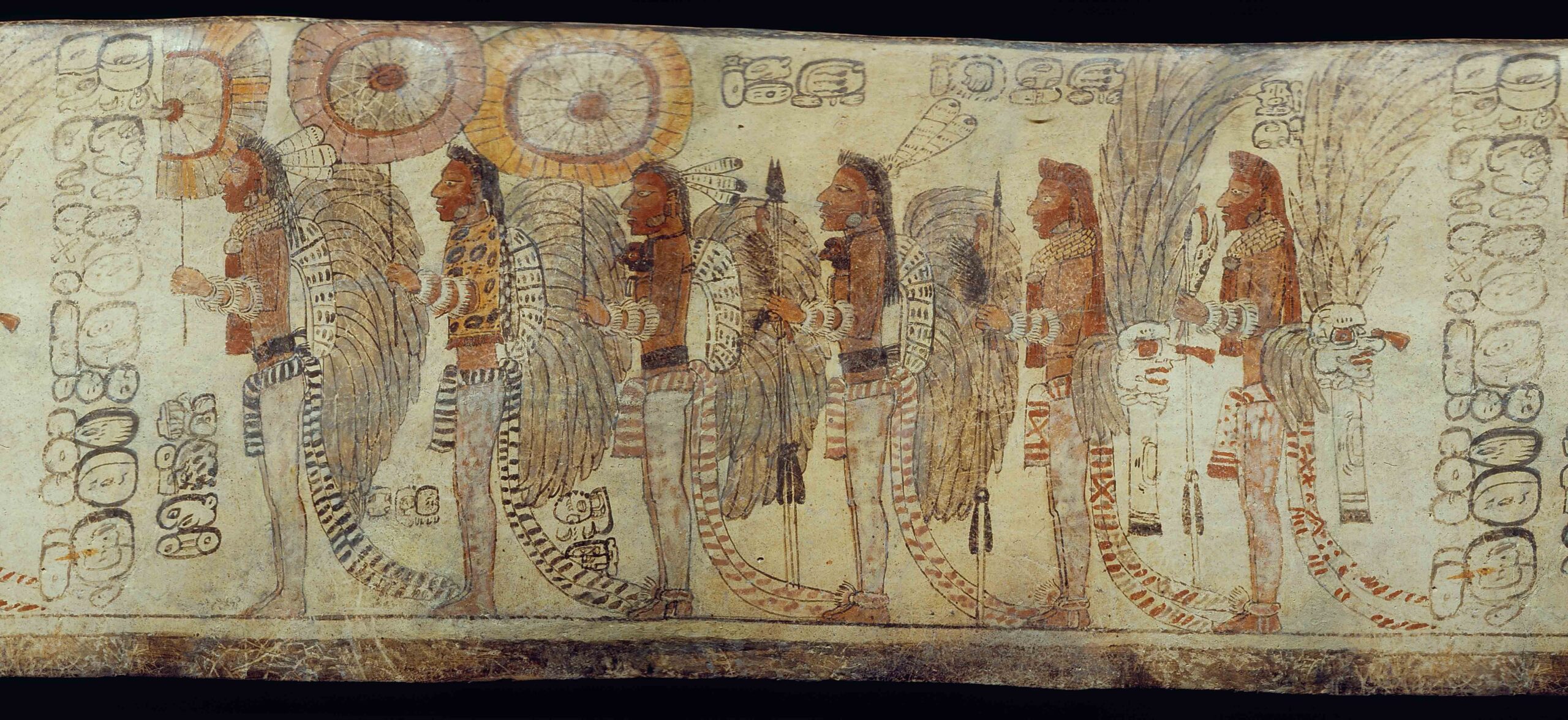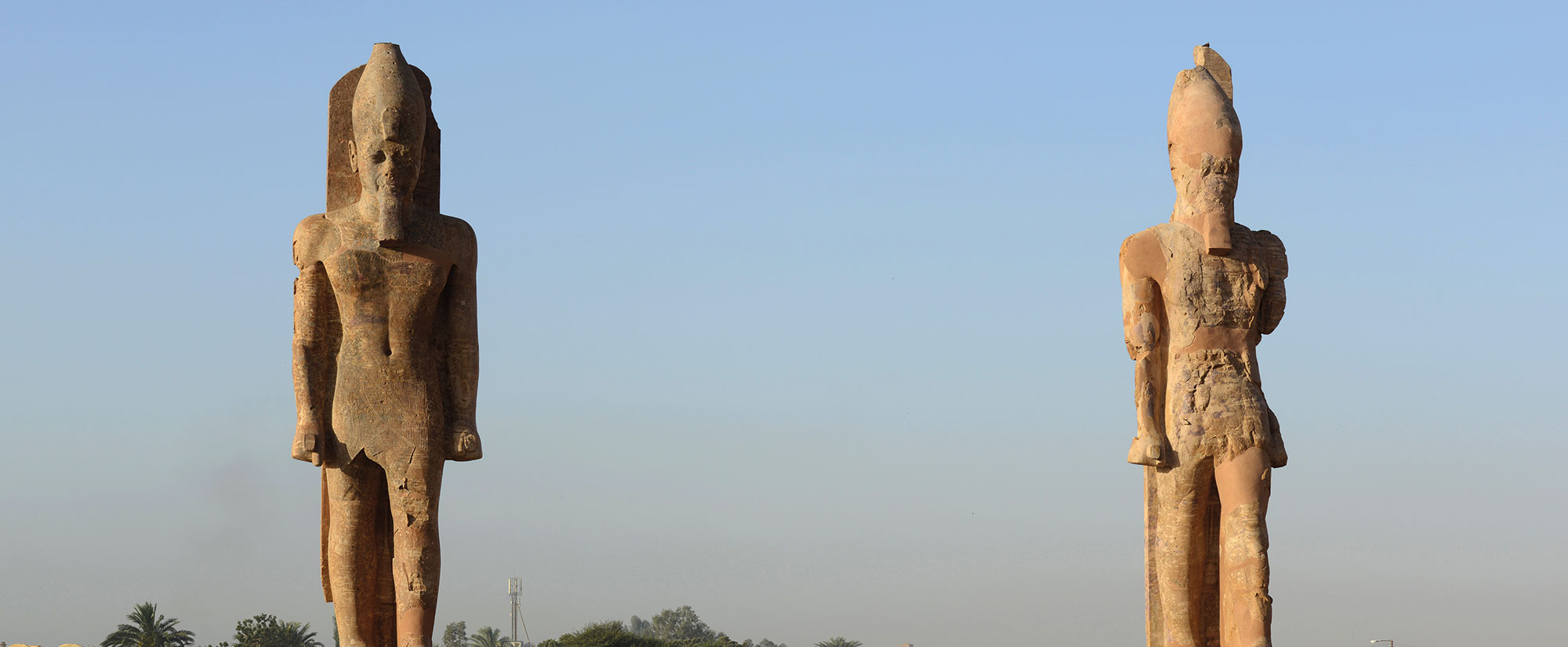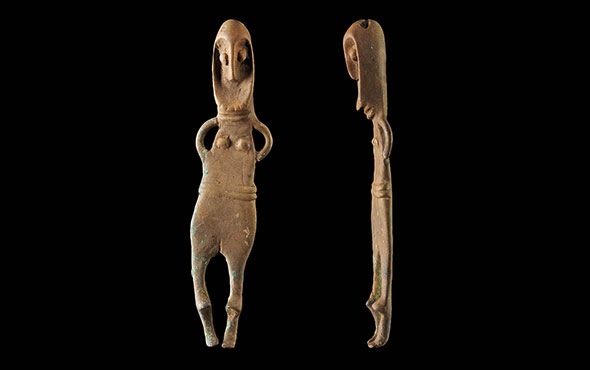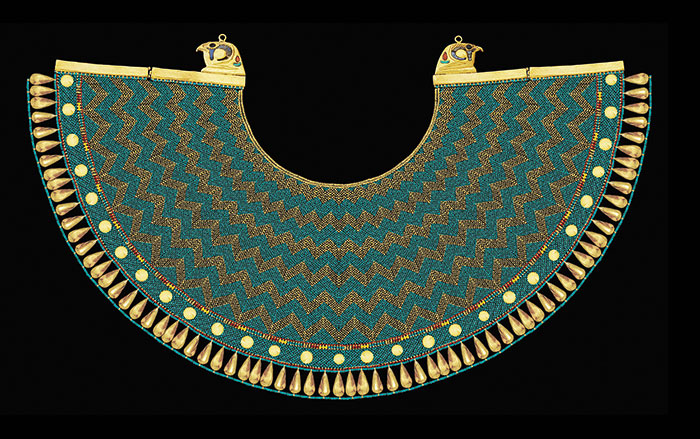
NEW ZEALAND

NEW ZEALAND: Small porcelain dolls are among the thousands of Victorian age artifacts retrieved from the site of a former ladies’ school in Christchurch. Ranging from 1 to 18 inches tall, the figurines were originally manufactured in Germany. They were also widespread in the United States in the mid-19th century, where they were later known as “Frozen Charlottes.” The name stems from a macabre popular poem about a vain young girl who refused to cover up on a cold evening and froze to death during an open sleigh ride.
Related Content

AUSTRALIA

AUSTRALIA: Charred eggshell fragments from numerous sites across Australia suggest that, 50,000 years ago, the continent’s earliest human inhabitants frequently dined on the eggs of a previously unidentified avian species. Recent analysis of samples from the site of Wood Point indicates that the eggs belonged to the flightless Genyornis, or “thunder bird,” which stood more than 6 feet tall and weighed up to 530 pounds. People raided the birds’ nests for their protein-rich eggs, each of which weighed more than 3 pounds. This likely contributed to the bird’s extinction.
Related Content

ISRAEL

ISRAEL: The earliest known evidence of domestication of a fruit tree was uncovered at the Chalcolithic site of Tel Tsaf in the Jordan Valley. During excavations, archaeologists unearthed the 7,000-year-old charred remains of wood, which they determined belonged to olive trees. Although prevalent throughout the Mediterranean world, olives are not endemic to the Jordan Valley. Experts believe that olive trees were imported to the site and cultivated there, allowing its inhabitants to become wealthy by trading in the trees’ valuable products.
Related Content

TURKEY

TURKEY: Archaeologists believe they have located the site of the summer palace of Hulagu Khan in eastern Turkey’s Van Province. Hulagu, a grandson of Genghis Khan, was a Mongol ruler who conquered much of western Asia. The ruins of scattered buildings, as well as artifacts, ceramics, and roof tiles, were dated to the Ilkhanate period, which began with Hulagu. The palace was probably built between 1261 and 1265 and covered an area of 11,700 square feet.
Related Content
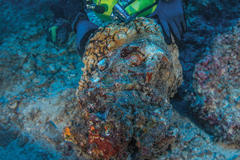
GREECE

GREECE: The bearded head of a marble statue that became detached during a shipwreck in the 1st century B.C. is now set to be reunited with its body after 2,000 years. The new find, which was recovered from the Antikythera wreck site, almost certainly belongs to a headless statue of Hercules originally found a century ago. The doomed ship was also famously carrying the Antikythera Mechanism. During a recent reinvestigation, divers removed massive boulders from the seafloor, exposing previously unexplored sections of the site.
Related Content

ITALY

ITALY: Italian authorities revealed perhaps the most unusual skeletal remains ever recovered from Pompeii’s ruins—a pregnant tortoise. The 5.5-inch reptile was found in a property along the city’s Via dell’Abbondanza that had been abandoned after an earthquake struck the city in A.D. 62. The tortoise apparently burrowed into layers of destruction debris, but died before laying her eggs and was later buried by the A.D. 79 eruption of Mount Vesuvius. Archaeologists even recovered one of the tiny fragile eggs of the turtle’s ill-fated offspring from within her shell.
Related Content

BOLIVIA

BOLIVIA: A lidar survey in southwestern Amazonia allowed researchers to glimpse the area’s surprisingly well-developed pre-Hispanic urban landscape for the first time. Lasers penetrated thick vegetation in the area, known as the Llanos de Moxos, and revealed at least 26 settlements built by members of the Casarabe culture between 500 and 1400. The largest of these settlements spread across nearly 800 acres. This now largely hidden landscape once had a network of causeways, canals, building platforms, and pyramids.
Related Content

HONDURAS

HONDURAS: During the 1st millennium A.D., semiprecious stones were sometimes embedded in Maya people’s teeth as part of a ceremonial rite of passage. Skilled Maya dentists would drill holes into the enamel and affix small decorative jewels in place with a type of glue, a process that turns out to also have had healthful effects. Chemical analysis revealed that the adhesive was often made from a concoction of plant resins with antibacterial and therapeutic properties that would have helped prevent infection and tooth decay.
Related Content
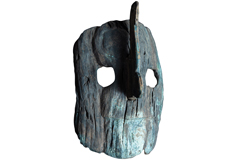
MEXICO

MEXICO: The most impressive and best-preserved collection of wooden Aztec artifacts ever found was unearthed near Tenochtitlan’s Templo Mayor. More than 2,500 objects that had been left as gifts for the gods between 1325 and 1521 were discovered in ritual deposits at the base of the Aztec Empire’s most important building. Among the items were masks, headdresses, darts, dart throwers, personal ornaments, and figurines of animals and deities. The original blue, black, red, and white paint is still visible on some of the objects.
Related Content

OREGON

OREGON: New clues to the whereabouts of a legendary Spanish shipwreck were gathered from the Oregon coast near Manzanita. Lab analysis confirmed that a dozen timbers recovered from a sea cave likely belonged to the Spanish galleon Santo Cristo de Burgos, which vanished in 1693 on a journey from Manila to Mexico. Local lore, including Indigenous accounts, reports that, for centuries, parts of the ship’s valuable cargo, including porcelain, silk, and beeswax, have occasionally washed up on shore—but the location of the wreck remained unknown.


